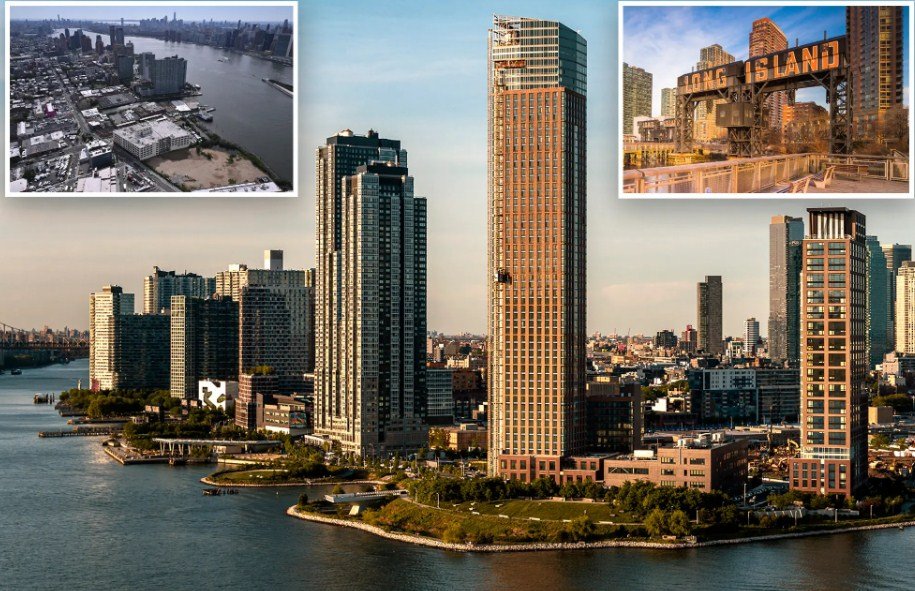Long Island City, a neighborhood in Queens, has emerged as a model for how New York City can bounce back from the COVID-19 pandemic. Despite the challenges posed by the health crisis, the area has seen a surge in economic activity, residential development, and cultural vibrancy.
A hub for innovation and entrepreneurship
Long Island City is home to a diverse mix of businesses, from tech startups to manufacturing firms. The neighborhood has attracted some of the biggest names in the industry, such as Amazon, Peloton, and JetBlue. According to Elizabeth Lusskin, president of the Long Island City Partnership, the area has added over 12,000 jobs since 2010, making it one of the fastest-growing employment centers in the city.
One of the reasons for Long Island City’s success is its ability to adapt to the changing needs of the market. The neighborhood has a large supply of flexible and affordable office space, which allows businesses to scale up or down as needed. The area also has a strong network of support services, such as incubators, accelerators, and co-working spaces, that foster innovation and collaboration.
A destination for living and leisure
Long Island City is not only a place to work, but also a place to live and enjoy. The neighborhood has seen a boom in residential development, with over 20,000 new units built since 2010. The area offers a variety of housing options, from luxury condos to affordable rentals, catering to different lifestyles and budgets.
Long Island City also has a rich cultural and recreational scene, with dozens of art galleries, museums, and parks. Some of the highlights include MoMA PS1, a contemporary art museum housed in a former school building; Gantry Plaza State Park, a waterfront park with stunning views of the Manhattan skyline; and The Plaxall Gallery, a former plastics factory turned into a community arts space.
A leader in sustainability and resilience
Long Island City is not only looking to the present, but also to the future. The neighborhood is committed to becoming more sustainable and resilient, especially in the face of climate change and natural disasters. The area has implemented several initiatives to reduce its environmental impact and improve its quality of life, such as:
- Installing solar panels, green roofs, and rain gardens to generate clean energy and reduce stormwater runoff
- Expanding bike lanes, pedestrian plazas, and ferry service to promote alternative modes of transportation and reduce congestion
- Launching a circular economy program to encourage waste reduction, reuse, and recycling among businesses and residents
- Creating a resilience plan to prepare for and respond to emergencies, such as floods, power outages, and pandemics
A model for New York City and beyond
Long Island City is an example of how New York City can recover from the COVID-19 pandemic and emerge stronger than ever. The neighborhood has shown that it is possible to create a vibrant and diverse community that balances economic growth, social equity, and environmental stewardship. As Lusskin said, “Long Island City is an example that New York City is back.”
Long Island City’s success story can also inspire other cities and regions that are facing similar challenges and opportunities. By leveraging its assets, embracing change, and collaborating with stakeholders, Long Island City has proven that it is a hub for innovation, a destination for living and leisure, and a leader in sustainability and resilience.

